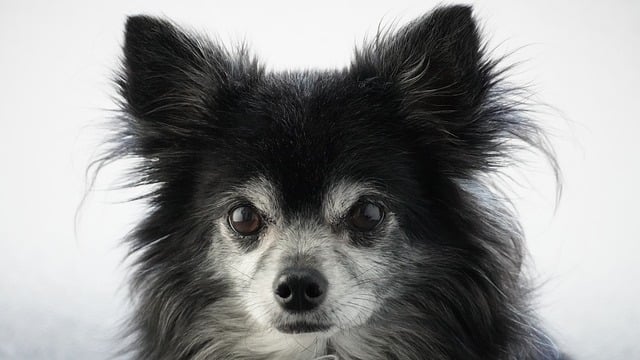
How do i train my dog to be obedient?
Watching your dog dart across the park ignoring your calls isn’t just frustrating—it can put them at risk near busy streets or public spaces.
Chihuahuas’ tiny size makes toilet training feel tricky—their small bladders mean they need frequent trips outside, but consistency is key to helping them learn. Start by taking them out first thing in the morning, after meals, naps, and playtime; use a simple cue like “go potty” each time, so they link the phrase to the action. In some cities, like Chicago, failing to clean up after your dog during these training trips can lead to fines, as local laws require pet waste disposal to keep public spaces sanitary.
Positive reinforcement works wonders with this breed—keep tiny, soft treats in your pocket, and give one immediately when they go in the right spot. Never scold them for accidents; Chihuahuas are sensitive, and harsh words can make them afraid to go near you or hide their business. For example, in Seattle, local animal behaviorists often recommend this reward-based method in compliance with city guidelines that promote humane training practices for all pets.
 Create a designated potty area in your yard or a nearby patch of grass—this helps your Chihuahua recognize where they’re supposed to go. If you live in an apartment without a yard, a small, well-maintained pee pad setup by a door works, but be sure to change pads daily to avoid odors that might confuse them. Some rental communities in Austin even have rules about pee pad placement to prevent damage to common areas, so checking your lease aligns with local pet policies.
Create a designated potty area in your yard or a nearby patch of grass—this helps your Chihuahua recognize where they’re supposed to go. If you live in an apartment without a yard, a small, well-maintained pee pad setup by a door works, but be sure to change pads daily to avoid odors that might confuse them. Some rental communities in Austin even have rules about pee pad placement to prevent damage to common areas, so checking your lease aligns with local pet policies.
Stick to a strict feeding schedule—feeding your Chihuahua at the same times each day helps regulate their bathroom habits, making it easier to predict when they’ll need to go. Avoid giving them water right before bed, but never restrict water entirely; dehydration is a risk for small breeds. Vets in Denver often remind owners that a consistent schedule not only aids training but also keeps your Chihuahua healthy, which is part of meeting local animal welfare standards.
With patience and consistency, your Chihuahua will catch on to toilet training—remember, small breeds sometimes take a little longer, but rushing them won’t help. Following local laws, like cleaning up waste and using humane training methods, isn’t just about compliance; it’s about being a responsible pet owner. If you hit a snag, your vet or a local dog trainer can offer breed-specific tips to keep the process on track.

Watching your dog dart across the park ignoring your calls isn’t just frustrating—it can put them at risk near busy streets or public spaces.

New puppy owners often find themselves rushing to clean up accidents before they set in, and that’s where puppy pad training becomes a game-changer.

If you've noticed your dog's waistline disappearing and your veterinarian has mentioned those few extra pounds, your first instinct might be to simply reduce the amount of food in their bowl.

Training a dog to use a designated spot indoors isn’t as daunting as many new owners fear, but it does take consistency and an understanding of your pet’s needs.

That moment of dread on a walk is all too familiar for many new dog owners. You see another dog approaching down the sidewalk of your neighborhood

If the sight of another dog on your neighborhood walk makes your heart sink as your own dog erupts into a frenzy of barking and lunging, you're not alone.